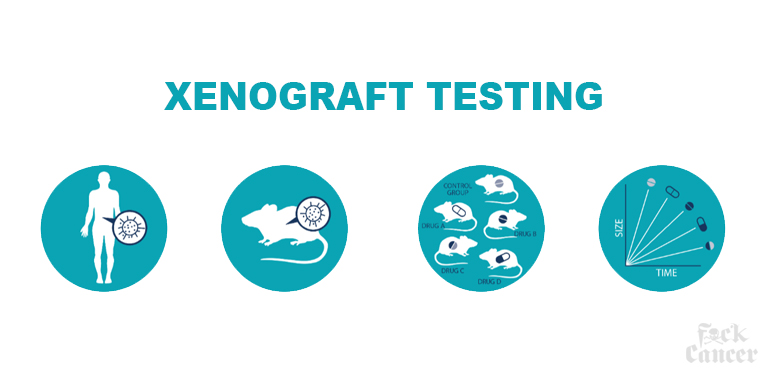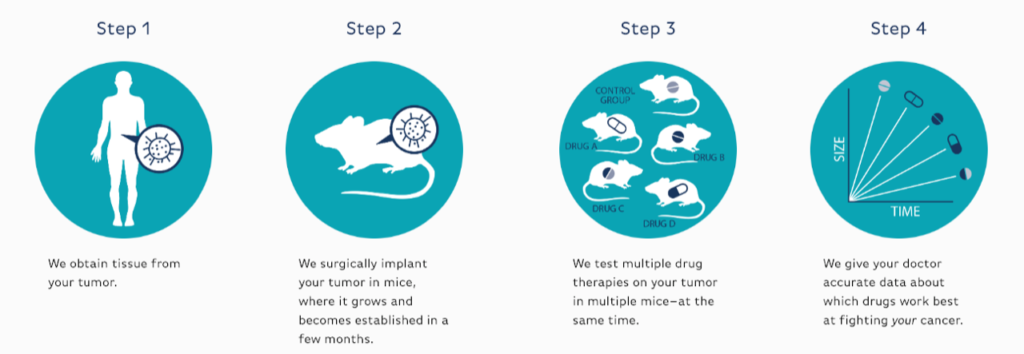
In the fight against cancer, “personalized” medicine, which strives to more accurately determine which therapies would be efficacious for one particular individual, has become a major focus for oncologists. Simply put, each person’s cancer is unique to that person. But cancer doctors must begin with the standard-of-care treatment based on the particulars of the cancer, the patient and what has been shown by science to be most effective among that patient population.
“In oncology, there are many instances in which the most effective treatment for a patient is unknown,” says Arun Singh, MD, UCLA medical oncologist and lead researcher for Certis Oncology Solutions in San Diego, CA. “The choice of drugs is based on drugs used on large groups of people, which doesn’t inform us about individual patients. An individual may have to receive drugs that, while statistically relevant, are not effective or are less effective before finding one that works for this particular patient.”
A key concern is that precious time continues to elapse while doctors try additional therapies, in sequence, while exposing patients to the toxicity of these therapies.
Today, however, there is a way for oncologists to test multiple drug therapies concurrently on an individual’s unique cancer—on their living tumor tissue—to determine which therapy will be most effective. In addition, this new scientifically tested approach does not involve testing the therapy directly on the patient.
“Xenograft testing,” says Dr. Singh, “Allows doctors to get an idea of what drugs may or may not work for a person’s particular cancer and thus allows a more informed selection of agents used for treatment. This approach can also prevent losing time by testing drugs that are not effective,” he says.

Xenografts are tissue grafts of an individual’s tumor that are placed inside highly specialized mice orthotopically (in the appropriate anatomy). Dr. Singh adds that “The orthotopic xenograft testing we offer at Certis is a way of seeing what types of medicines can work—or may not work—against a patient’s own tumor. It also allows us to test a large variety of agents at the same time.”
Dr. Singh takes care to mention that establishing the tumor “lines” in multiple mice takes time, which is why he and Certis recommend that stage 2, 3 and 4 cancer patients start the process as early as possible. Yet, by testing multiple therapies concurrently in mice, Dr. Singh says that total time and the toxicity to the patient are reduced. And the data can lead to an effective treatment that might otherwise go unidentified.
To learn more about orthotopic xenograft tumor testing and review its scientific basis, visit Certis at CertisOncologySolutions.com
Source: Certis Oncology Solutions, Xenograft Testing
